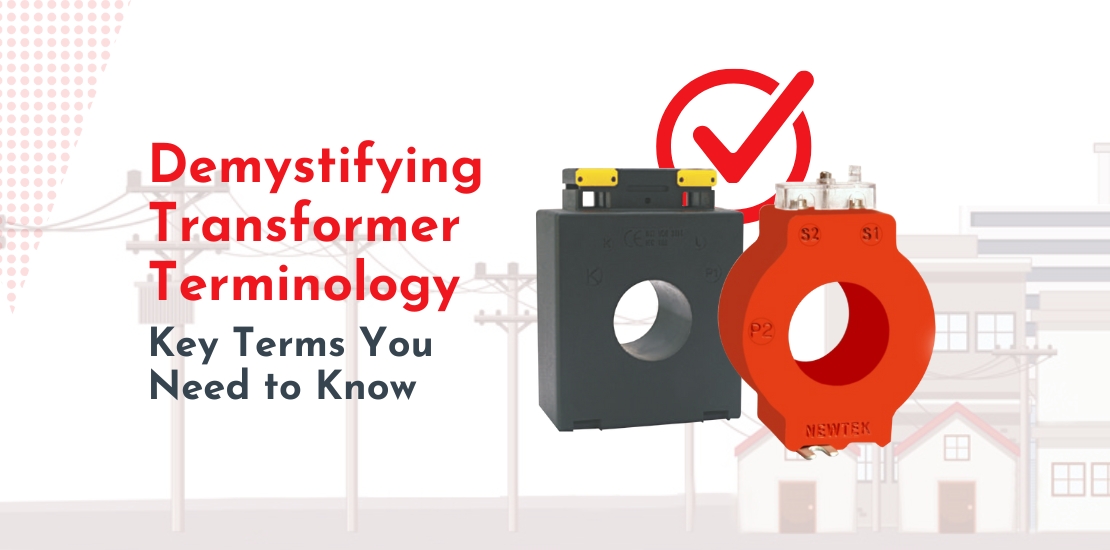- April 29, 2024
- Posted by: Dyaneshwar Nirmale
- Category: Uncategorized

Transformers play a crucial role in the distribution and transmission of electrical power, serving as essential components in countless applications across industries. However, understanding transformer terminology can sometimes feel like navigating a complex maze of technical jargon. In this blog, we’ll demystify some of the key terms associated with transformers, empowering you with the knowledge you need to better understand these vital electrical devices.
Transformer:
Let’s start with the basics. A transformer is a static device that transfers electrical energy from one circuit to another through electromagnetic induction. It consists of two or more coils of insulated wire wound around a magnetic core.
Primary and Secondary Windings:
Transformers have two sets of coils known as windings. The winding connected to the power source is called the primary winding, while the winding connected to the load is called the secondary winding. The primary winding induces a voltage in the secondary winding through electromagnetic induction.
Turns Ratio:
The turns ratio of a transformer is the ratio of the number of turns in the primary winding to the number of turns in the secondary winding. It determines the voltage transformation ratio between the primary and secondary sides of the transformer.
Voltage Transformation:
Transformers are commonly used to either step up or step down voltage levels. Stepping up voltage increases it from the primary to the secondary winding, while stepping down voltage decreases it.
Power Rating:
The power rating of a transformer specifies its maximum capacity to handle electrical power. It is usually expressed in volt-amperes (VA) or kilovolt-amperes (kVA) and indicates the maximum load that the transformer can safely handle without overheating.
Efficiency:
Transformer efficiency refers to the ratio of output power to input power, expressed as a percentage. Higher efficiency transformers waste less energy in the form of heat and are more economical to operate.
Impedance:
Transformer impedance is a measure of the opposition to the flow of alternating current within the transformer windings. It is typically expressed as a percentage and includes both resistive and reactive components.
Winding Configuration:
Transformers can have different winding configurations, including single-phase and three-phase. Single-phase transformers have two windings, while three-phase transformers have three sets of windings arranged in various configurations.
Isolation Transformer:
An isolation transformer is a transformer that provides electrical isolation between the input and output windings. It is commonly used to isolate sensitive equipment from electrical noise and to provide safety isolation in medical and industrial applications.
Auto Transformer:
An auto transformer is a transformer that shares a common winding between the primary and secondary sides. It is used to step up or step down voltage levels while maintaining a physical connection between the input and output circuits.
Understanding these key terms is essential for anyone working with transformers or involved in electrical engineering. By demystifying transformer terminology, we hope to empower you with the knowledge needed to navigate the world of transformers with confidence and clarity. Whether you’re designing electrical systems, troubleshooting issues, or simply seeking to expand your knowledge, a solid understanding of transformer terminology is indispensable.
